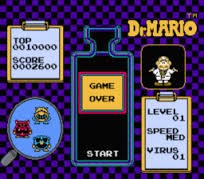The Post-Antibiotic World Sounds Terrifying

In case you missed this Medium piece by Maryn McKenna last week (I did), it’s the most legitimately scary thing on the internet right now. Antibiotic-resistant strains of bacteria are evolving faster than ever:
As antibiotics became more affordable and their use increased, bacteria developed defenses more quickly. Methicillin arrived in 1960 and methicillin resistance in 1962; levofloxacin in 1996 and the first resistant cases the same year; linezolid in 2000 and resistance to it in 2001; daptomycin in 2003 and the first signs of resistance in 2004.
This means that new antibiotics, which cost about $1 billion to develop, are becoming less and less attractive to pharmaceutical companies; this means that we must now consider what happens when no new antibiotics are available to meet our terrifying bacterial needs.
Before antibiotics, five women died out of every 1,000 who gave birth. One out of nine people who got a skin infection died, even from something as simple as a scrape or an insect bite. Three out of ten people who contracted pneumonia died from it. Ear infections caused deafness; sore throats were followed by heart failure. In a post-antibiotic era, would you mess around with power tools? Let your kid climb a tree? Have another child?
Also:
Out of all the antibiotics sold in the United States each year, 80 percent by weight are used in agriculture, primarily to fatten animals and protect them from the conditions in which they are raised…. In its 2011 report, published last February, the FDA found (among many other results) that 65 percent of chicken breasts and 44 percent of ground beef carried bacteria resistant to tetracycline, and 11 percent of pork chops carried bacteria resistant to five classes of drugs.
AHHHHHHH! [Medium]